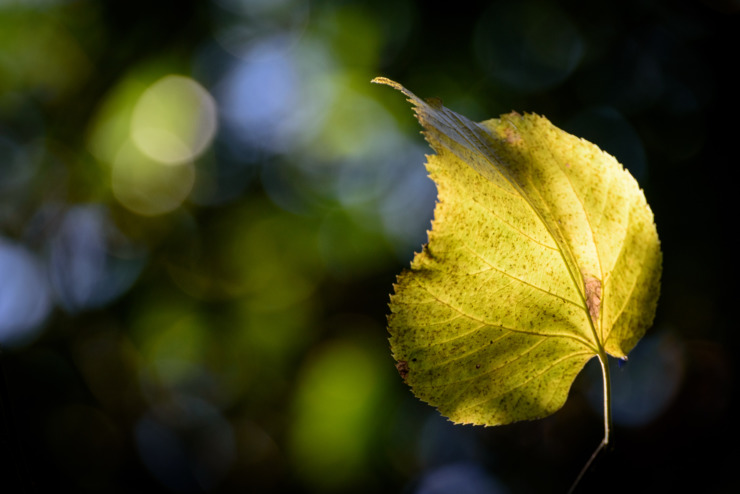
Where are the songs of spring? Ay, Where are they?
Think not of them, thou hast thy music too,—
While barred clouds bloom the soft-dying day,
And touch the stubble-plains with rosy hue;
Then in a wailful choir the small gnats mourn
Among the river sallows, borne aloft
Or sinking as the light wind lives or dies;
And full-grown lambs loud bleat from hilly bourn;
Hedge-crickets sing; and now with treble soft
The red-breast whistles from a garden-croft;
And gathering swallows twitter in the skies.
If I ride to Luckenbach and pause at Grape Creek, behind the iconic dance hall, there are “small gnats” in the “sallows.” I didn’t know they mourned until Keats told me so.
If I ride out to Pecan Creek, on the other side of the county with bigger hills, all the lambs and baby goats I cooed at six months ago are now “full-grown.” Keats hears their “loud bleat.”
For hedge-crickets, I don’t need to ride my bike at all. In autumn they jump from doorway perches when I try to enter a building. (A non-pandemic reason to avoid entering buildings.) Keats reminds me that these insects sing.
And that red-breasted bird that swoops over my tiny “garden-croft,” Keats advises me to listen for its whistle, “treble soft.” He also gives me a reason to use the word “twitter” in a non-social media context.
Learning an older poem like this one gives me the chance to use words that are not in my regular vocabulary, like “Ay” and “stubble-plains.” I get to sink into a rhyme scheme that is new to me: ababcdecdde. It makes me appreciate last week’s fall equinox all the more because I’ve been thinking about autumn all month long.
We’re Keats fans, here at Tweetspeak. He’s one of our Take Your Poet to Work dudes. He’s even got a coloring page for Ode on a Grecian Urn. He was an English Romantic poet. He neither lived long nor wrote long, but his poems are among the most enduring in the English language. His bicentenary, Keats200, is currently being celebrated.
During August and September I’ve been celebrating Angela Alaimo O’Donnell’s poetry collection called Still Pilgrim. In “The Still Pilgrim Revisits the British Museum For the First Time in Twenty Years,” O’Donnell writes about Keats:
the ancient truth that met Keats’ gaze
and fired his poems that light the dark
knowledge of our mortal being,
sing the song of fleeting time,
the static creatures we are seeing
live and breathe in his sweet lines.
The poem endures, though Keats is dust.
All remains unchanged but us.
That’s how I’ve felt while steeping in “To Autumn” this month. The world through Keats’ gaze lights the dark and sings of something unchanged outdoors. But me? I’m a little different now.
Your Turn
Did you memorize the last stanza of “To Autumn” this month? Join our By Heart community and share your audio or video using the hashtags #ByHeart and #MemoriesWithFriends and tagging us @tspoetry. We also welcome photos of your handwritten copy of the poem.
By Heart for October
For the next By Heart gathering, October 30, we’ll learn “Some One” by Walter de la Mare. Because it’s almost spooky season.
Some One
Some one came knocking
At my wee, small door;
Some one came knocking,
I’m sure–sure–sure;
I listened, I opened,
I looked to left and right,
But nought there was a-stirring
In the still dark night;
Only the busy beetle
Tap-tapping in the wall,
Only from the forest
The screech-owl’s call,
Only the cricket whistling
While the dewdrops fall,
So I know not who came knocking,
At all, at all, at all.
—Walter de la Mare
Photo by Nathalie, Creative Commons, via Flickr. Post by Megan Willome.
Browse more By Heart
“Megan Willome’s The Joy of Poetry is not a long book, but it took me longer to read than I expected, because I kept stopping to savor poems and passages, to make note of books mentioned, and to compare Willome’s journey into poetry to my own. The book is many things. An unpretentious, funny, and poignant memoir. A defense of poetry, a response to literature that has touched her life, and a manual on how to write poetry. It’s also the story of a daughter who loses her mother to cancer. The author links these things into a narrative much like that of a novel. I loved this book. As soon as I finished, I began reading it again.”
—David Lee Garrison, author of Playing Bach in the D. C. Metro
- Perspective: The Two, The Only: Calvin and Hobbes - December 16, 2022
- Children’s Book Club: A Very Haunted Christmas - December 9, 2022
- By Heart: ‘The night is darkening round me’ by Emily Brontë - December 2, 2022

Leave a Reply